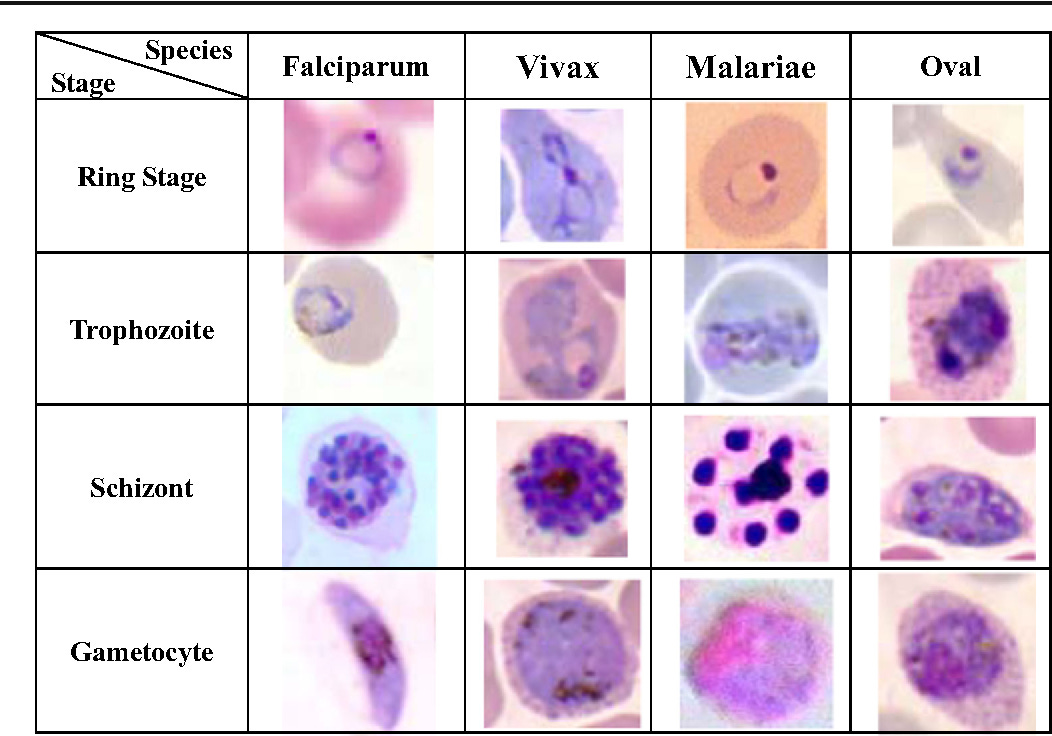Technological Advancements in Malaria Detection
Written by Sai Koppada
Malaria is an infectious disease that occurs when parasites are transmitted into the human body from the bite of an infected animal. In most cases, this disease is transmitted to humans by infected female Anopheles mosquitos. The parasites that cause this infection are from the Plasmodium genus and include parasites such as Plasmodium falciparum, Plasmodium vivax, and Plasmodium ovale; these forms of the parasite are the most common and are spread across areas in Africa (where most cases occur), Asia, Latin America, and a few other tropical regions. This infection affects millions of people around the world and causes hundreds of thousands of deaths, mainly in rural areas.
Traditional Methods of Diagnosis
Traditionally, malaria is diagnosed through blood smears and Rapid Diagnostic Tests. Blood smears are done by collecting a sample of the patient's blood and then the blood stain is smeared on a slide, stained, and analyzed under a microscope. The benefits of this method of diagnosis are that the smears allow for effective and accurate identification of the different types of parasites that cause malaria and allow a doctor to estimate how much of the patient's blood contains the parasites. However, this method requires access to specific equipment and the parasites may not be easily detectable if the patient has a low parasite level. Rapid Diagnostic tests are another common method used to detect the presence of malaria, they offer quick results, are easy to use, and don't require trained professionals to analyze the results properly. However, this method of diagnosis has a few limitations. RDTs may not be able to distinguish between the different types of parasites, the accuracy of the tests can vary based on the quality of the test, and they might not be able to detect low parasite density.
Technological Advancements
Despite the effectiveness of traditional malaria detection methods, they still have significant limitations. However, advancements in technology have the potential to address these challenges and improve malaria diagnosis. With new applications for technology and AI being discovered every day, we can develop programs that diagnose patients with greater efficiency and accuracy
Some of these technological advancements include image analysis and pattern recognition. With the help of these tools, AI programs can be coded and trained to rapidly analyze and correctly identify affected cells. These AI programs can be trained using images of infected and uninfected cells to accurately identify the presence of malaria with greater precision than traditional diagnostic methods. Other advancements, such as digital microscopy, can also help increase diagnostic accuracy. This advancement can be used to carefully analyze all the small components of the blood sample and compare them to thousands of images of affected and unaffected cells in a database to analyze whether the patient has malaria.
Technology and AI models that are created through deep learning (when the model is carefully trained using actual data and images) offer a great way to overcome some of the limitations of traditional diagnosis methods because they help reduce the cost and time needed to diagnose a patient. Additionally, these models enhance accuracy by comparing a patient’s sample to extensive databases that contain hundreds of thousands of previously tested and identified cell samples. This ensures that the model can accurately determine if the patient had malaria, and it can compare all the little components of the sample to determine what type of parasite is present.
Application
Though most of the models that have been created are still being tested and the models still need to be refined for greater accuracy, they have the potential to improve the diagnosis process of malaria by significant amounts. Early studies that have evaluated these models demonstrate their significant potential to enhance diagnostic accuracy and efficiency.
References
G. Madhu, et al. “Intelligent Diagnostic Model for Malaria Parasite Detection and Classification Using Imperative Inception-Based Capsule Neural Networks.” Scientific Reports, vol. 13, no. 1, 17 Aug. 2023, https://doi.org/10.1038/s41598-023-40317-z.
Written by Sai Koppada from MEDILOQUY


